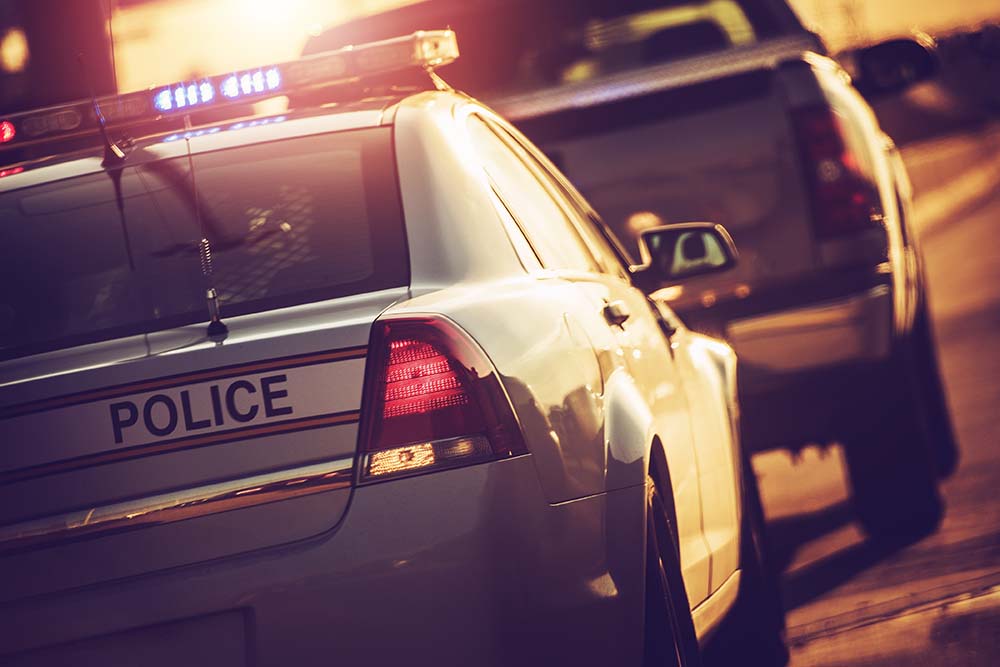If you’ve been in an auto accident in Georgia, you’ll likely need a copy of the crash report. In many cases, the Georgia State Patrol (GSP) or Georgia Highway Patrol (GHP) will have completed this report.
But how do you obtain a copy and make sense of it? Read on to learn all about Georgia State Patrol accident reports and how they can help you.
Ready to get a Georgia State Patrol accident report online? Click here to get help with your GSP report!
What is a Georgia State Patrol Accident Report?
A Georgia State Patrol accident report is an official document detailing the circumstances of a motor vehicle crash. It describes what happened to cause the accident based on the responding officer’s investigation. This report serves as a key piece of evidence in any insurance claim or legal case stemming from the crash.
Upon receiving your report, the first thing to do is review it carefully for any errors or omissions. Even small inaccuracies could potentially impact your case, so it’s important to get any mistakes corrected promptly.
What’s in Georgia Highway Patrol Accident Reports?
Georgia Highway Patrol accident reports contain a wealth of information about the crash. Some of the key details included are:
- Date, time, and location of the accident
- Driver information and insurance details
- Passenger information
- The investigating officer’s narrative of what occurred
- Any property damage
- Injuries and fatalities
- Citations issued at the scene
- Road and weather conditions
While the reports are comprehensive, they are usually only a few pages long and written straightforwardly. With a little guidance, most people can understand the key points. Where the majority of people struggle is with actually understanding how to access these reports because it isn’t made easy for you.
What You Need to Know About Georgia State Highway Patrol Accident Reports
When reviewing your Georgia State Highway Patrol accident report, pay particular attention to the following sections:
Basic Information
On the first page, you’ll find the report number, crash date and time, and type of roadway involved (local road, state route, interstate, etc.). It’s important to make sure that any legal issues, court dates, or anything like that are completed for the proper report number. You want to always make sure that’s correct first.
Accident Information
This section has check boxes the officer uses to note key details like whether there are photos of the scene, the type of collision (rear-end, sideswipe, etc.), and contributing factors like construction or debris in the roadway.
You may also find information in this section regarding weather at the time and any other liability factors that may have contributed to the crash (cell phone use, radio, distractions). Make sure all of this is accurate.
Witness Data
If there were witnesses to the crash, their information will be listed here. They may be contacted later to provide testimony. One thing you could check here is to ensure there are no conflicts of interest between a witness and another person involved in the accident. Witnesses shouldn’t have any relation the any of the parties involved.

Details of the Vehicles Involved
Page two contains information about the vehicles in the crash, including the make, model and year. If commercial vehicles were involved, that will be noted, which could mean additional liability on the part of the driver’s employer.
Any Citations Issued
The responding officer will document if any tickets were issued, such as for DUI, speeding, reckless driving, etc. This can help establish fault for the crash.
Driver Information
Contact info and other details are listed here for each driver and passenger, including the extent of any injuries, what they were doing at the time of impact (wearing a seatbelt or helmet, suspected of alcohol/drug use), etc.
Investigating Officer Information
The last section is the officer’s narrative description giving an overview of what appears to have happened based on the evidence at the scene. This can be challenged if it seems inaccurate.
Are Accident Reports by Georgia Highway Patrol Public Record?
Accident reports are not public records under Georgia law. Only certain involved parties and their representatives can obtain a copy:
- Drivers, passengers and pedestrians involved in the crash
- Parents/guardians if a minor was involved
- Vehicle owners
- Lawyers representing someone involved
- Insurance companies for those involved
How Do I Get a Copy of a Georgia Accident Report?
To get a copy of a Georgia State Patrol accident report, you have a few options:
- Contact the Georgia Department of Public Safety Open Records Unit. You’ll need to provide the date, location and the parties involved.
- For local police reports, contact that department’s records division.
- Hire a lawyer who can request the report on your behalf.
- Use an online accident report retrieval service like Auto Accident Report to quickly locate your crash report.
It’s important to understand that trying to tackle this on your own isn’t always the easiest solution. It’s best to have an authorized representative who obtains these reports all the time handle it for you.
Get Your Georgia State Patrol Accident Report Now
At Auto Accident Report, we make it easy to get your hands on your Georgia State Patrol crash report quickly. Just provide a few key details, and our team will do the work of tracking it down so you can focus on recovering from the crash.
We can also help connect you with experienced local attorneys and medical professionals to assist with your case and treatment. There’s no obligation, but these services are there if you need them.
Don’t wait to get your crash report and begin building your case. Get started today by contacting the team at Auto Accident Report. We’re ready 24/7 to help you obtain this critical evidence to protect your rights and interests after an accident.
